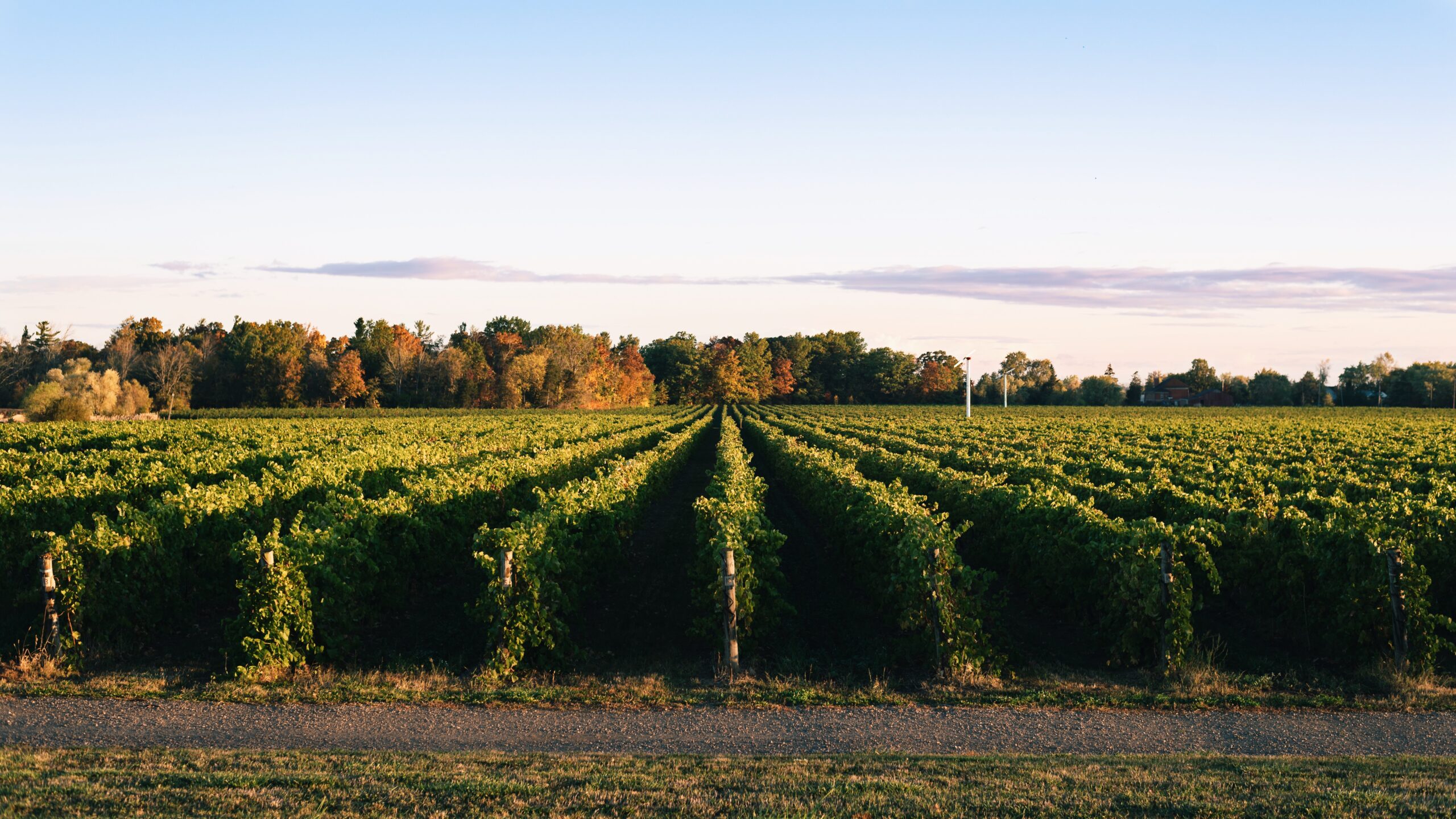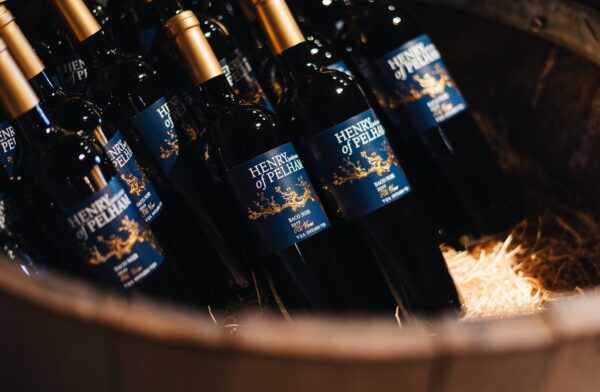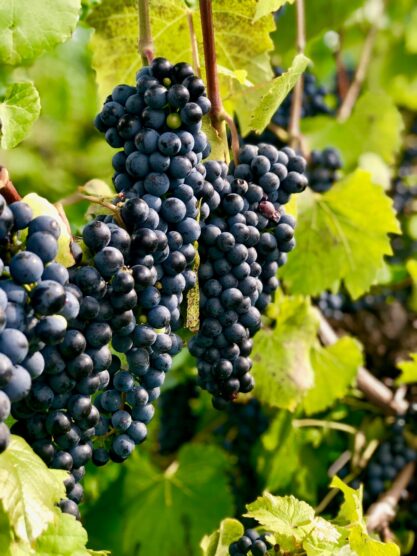Ontario’s Star Hybrid Wine Grape Variety
Henry of Pelham winery’s love affair with baco noir.

The top four red grape varieties used to make varietal Ontario VQA-certified wine include pinot noir, cabernet franc, and merlot—all Vitis vinifera varieties widely used around the world to make quality wine. The other? It’s baco noir, a hybrid variety developed in France in the early 1900s by François Baco. Ontario has the largest plantings anywhere, but there are significant plantings in New York, Oregon, and elsewhere in the U.S. and Canada.
Not only is baco noir in the top four grape varieties used for quality varietal red wine in Ontario, but it’s number two. In 2023, Ontario wineries made 173,000 cases of pinot noir, 127,000 cases of baco noir, 107,000 of cabernet franc, and 831,000 of merlot. Baco noir clearly has a well-established place.
Ontario’s Niagara Peninsula provides excellent growing conditions for the vines, and a number of wineries produce it. But Henry of Pelham Family Estate Winery has established a reputation for its baco noir wines. The Speck family started the winery in the 1980s—it’s now owned by three Speck brothers, Daniel, Matthew, and Paul—and they planted baco noir, along with riesling and chardonnay, in 1984. Some of those vines are still in production 40 years later.


What is it about baco noir? In the right growing conditions and winemaking hands, it makes quite intense wines that deliver red and dark-fruit flavours with top notes of spiciness. They’re fairly high in acid, easy-going in tannins, and deeply coloured. Daniel Speck explains its popularity as reflecting a trend toward “dark, juicy reds that started in the 1980s and a newer trend towards lighter-bodied reds.… In the case of baco, it is low in tannin and is a red that pinot noir and white wine drinkers also seem to enjoy, so it has been able to ride an older trend into a new era.” He adds that there is also “increased interest in regional varieties that are also, by definition, more sustainable.”
Henry of Pelham makes a number of baco noirs. The entry-level Henry of Pelham Baco Noir 2022 is a juicy number that’s full of dark fruit and has good acid grip. At a higher tier, Henry of Pelham Speck Family Reserve Baco Noir 2021 has more weight and riper fruit flavours, along with clean, fresh acidity. It’s a single-vineyard wine from the Homestead Vineyard planted in 1984.

The top tier, Henry of Pelham Bin 106 Lost Boys Limited Edition Baco Noir, is a barrel selection of baco noir from the Lost Boys Vineyard. The 2022 vintage has good structure, layered dark-fruit and berry flavours, with juicy acidity, while the 2021 shows more acidity supporting a spicy dark-fruit flavour profile. There’s a clear stylistic thread running through all these wines, which show very well against wines made from vinifera varieties at a similar price.
The style has evolved over time as the Specks have learned to manage the vines and make the wine. Baco noir is a very vigorous vine, and it’s important to keep the crop low and balanced to get the grapes optimally ripe. In the cellar, the top tiers are matured in small barrels at first, then in large barrels, so as not to overpower the fruit with the influence of wood.
On the climate change issue that confronts wine-producers around the world, Daniel Speck says, “If a grape variety is easy to grow in a given climate, then it was meant to be grown there. That is baco noir in Niagara. Baco is winter hardy, ripens early, and it is resistant to mildews and vine diseases. That says it is handling this changing world well.”
If you haven’t yet tried wine made from baco, it’s a hybrid well worth test-driving.

Baco noir wines from Henry of Pelham Family Estate Winery
Henry of Pelham Baco Noir 2022
Henry of Pelham Speck Family Reserve Baco Noir 2021
Henry of Pelham Bin 106 Lost Boys Limited Edition Baco Noir 2021
Henry of Pelham Bin 106 Lost Boys Limited Edition Baco Noir 2022




